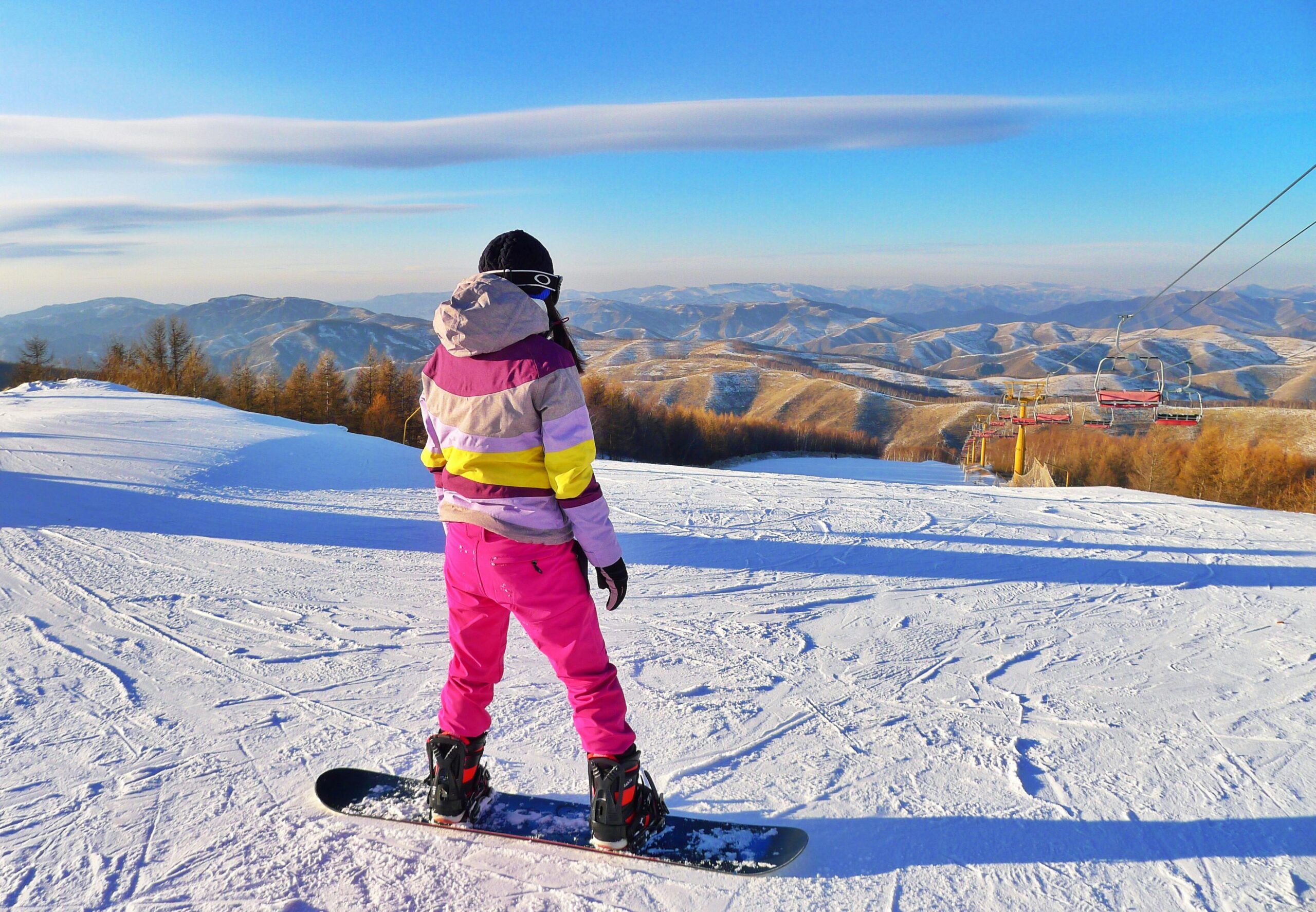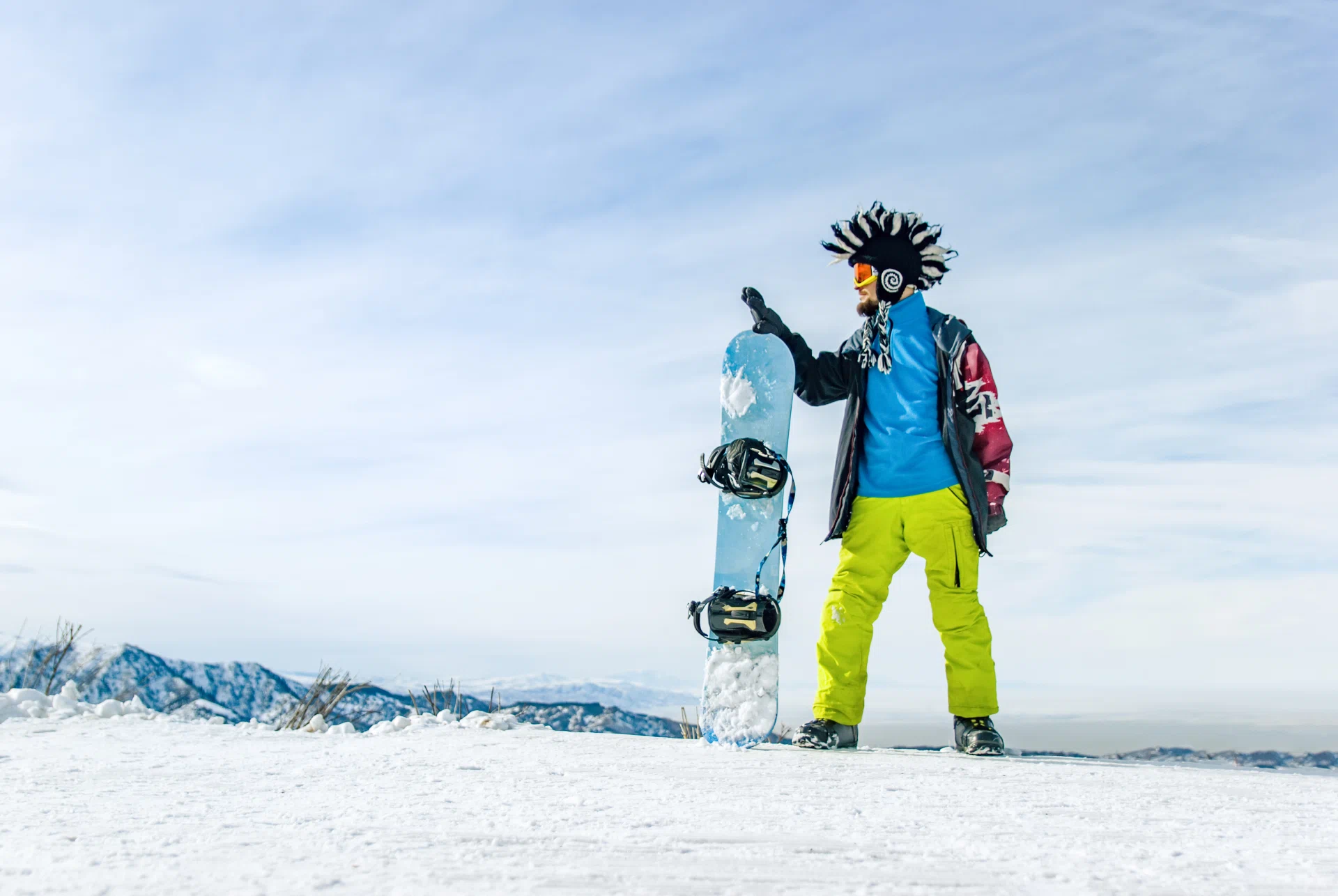
Snowboarding and the Equipment You Need for the Slopes
June 5, 2023
Skiing and the Equipment You Need to Hit the Slopes in Confidence
June 5, 2023
Snowboarding and the Equipment You Need for the Slopes
June 5, 2023
Skiing and the Equipment You Need to Hit the Slopes in Confidence
June 5, 2023EVENTS
Essential Winter Clothes for Outdoor Adventures, Hiking, and Cold-Weather Activities
When the temperatures drop, the right clothing can mean the difference between an unforgettable winter adventure and a freezing, uncomfortable struggle.
Whether you’re hiking a snowy trail, exploring a mountain ridge, or just spending time outdoors, wearing the proper winter gear keeps you warm, dry, and protected. Winter clothing isn’t about bulk — it’s about smart layering, insulation, and choosing materials that work with your body, not against it.
Let’s break down what you really need for cold-weather activities, from head to toe.
1. The Importance of Layering
The secret to staying warm in winter isn’t one thick jacket — it’s layering. Layering creates insulation and allows you to regulate your body temperature by adding or removing pieces as you move.
There are three main layers every adventurer should know:
-
Base Layer (Inner Layer): Worn next to your skin, its job is to wick away moisture. Sweat that stays on your skin will make you cold quickly, so choose materials like merino wool or synthetic fibers. Avoid cotton — it traps moisture and loses insulation value.
-
Mid Layer (Insulation): This is your warmth layer. A fleece jacket, down sweater, or synthetic insulated layer traps body heat while allowing airflow.
-
Outer Layer (Shell): This protects you from wind, snow, and rain. Look for a waterproof, windproof, and breathable shell — ideally made with GORE-TEX or similar materials.
By mastering this system, you can easily adapt to changing conditions — from calm sunny hikes to windy snowstorms.
2. Winter Jackets and Parkas
For frigid weather, a quality winter jacket or parka is essential. Choose one with:
-
Insulated fill (down or synthetic) for warmth
-
Sealed seams to keep out moisture
-
Adjustable hoods, cuffs, and hems to trap body heat
-
Ventilation zippers to prevent overheating during hikes
Down jackets are incredibly warm and lightweight, while synthetic insulation performs better in wet conditions. Many adventurers carry both — a lightweight down jacket for layering and a durable shell for harsh weather.
3. Base Layers and Thermal Underwear
A good set of thermal tops and bottoms is the foundation of every winter outfit. Merino wool is a favorite because it’s soft, breathable, and naturally odor-resistant. Synthetic options are more affordable and dry quickly. Whichever you choose, a snug fit works best for trapping heat and moving with your body.
4. Pants and Legwear
For hiking or adventuring in the snow, you’ll need insulated, waterproof pants or softshell hiking pants with water-resistant treatment. Consider layering with thermal leggings underneath for added warmth.
Look for pants with:
-
Reinforced knees and cuffs
-
Adjustable waist or suspenders
-
Side zippers for ventilation
-
Waterproof rating of at least 10,000mm
5. Accessories That Matter
Small items make a big difference in the cold:
-
Winter Gloves or Mittens: Go for insulated, waterproof gloves that maintain dexterity. Mittens offer more warmth but less flexibility.
-
Hat or Beanie: You lose a lot of body heat through your head, so a wool or fleece beanie is essential.
-
Neck Gaiter or Balaclava: Protects your neck and face from biting wind and snow.
-
Wool Socks: Keep your feet dry and warm. Avoid thick cotton socks, which trap moisture.
-
Gaiters: Optional but great for keeping snow out of your boots during deep hikes.
6. Footwear for Winter Conditions
A solid pair of insulated, waterproof boots is non-negotiable. Look for boots rated for sub-zero temperatures, with a sturdy sole that provides traction on snow and ice. If you plan to hike, choose lightweight winter hiking boots that balance warmth and flexibility.
Pair them with thermal or merino wool socks and consider foot warmers for extreme conditions.
7. Finishing Touches for Adventure
When heading into the wilderness, always prepare for unpredictable weather. Pack extra socks, gloves, and base layers in a waterproof bag. Add a windproof shell, hand warmers, and a thermal blanket for emergencies.
Remember: the goal isn’t just to stay warm — it’s to stay comfortable and mobile. Heavy, bulky clothing restricts movement, which can make hiking and climbing harder. Choose well-designed, technical apparel that offers warmth without the weight.
Final Thoughts
Winter adventures in Canada and beyond can be breathtaking — from frozen waterfalls to mountain trails lined with snow-covered pines. But the key to enjoying them lies in preparation. Investing in the right winter clothing system ensures your comfort, safety, and freedom to explore without limits.
At MountainGear.ca, we believe every outdoor enthusiast deserves high-performance gear that stands up to real winter conditions. So before you head out into the cold, gear up properly — and let the season become your playground.



